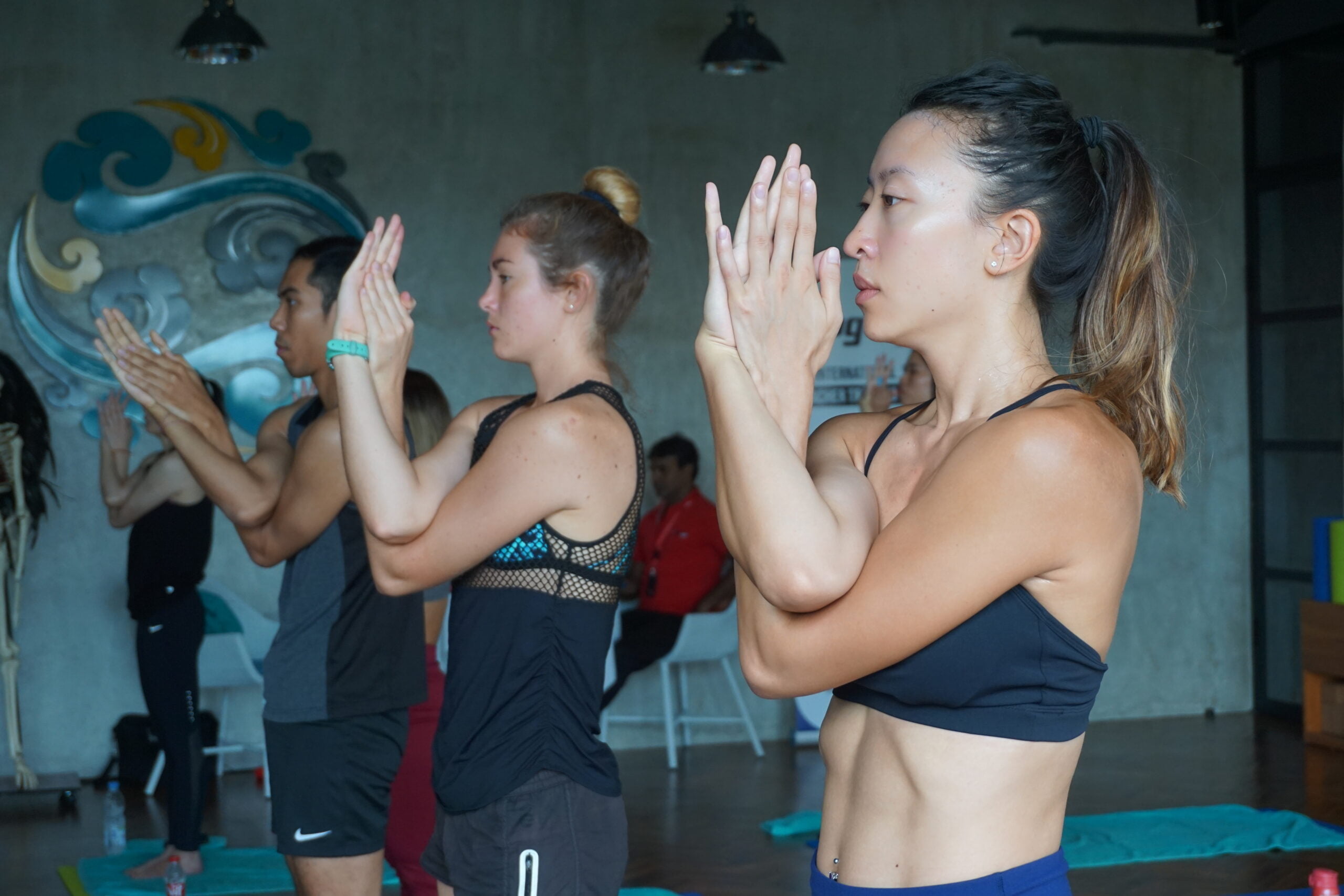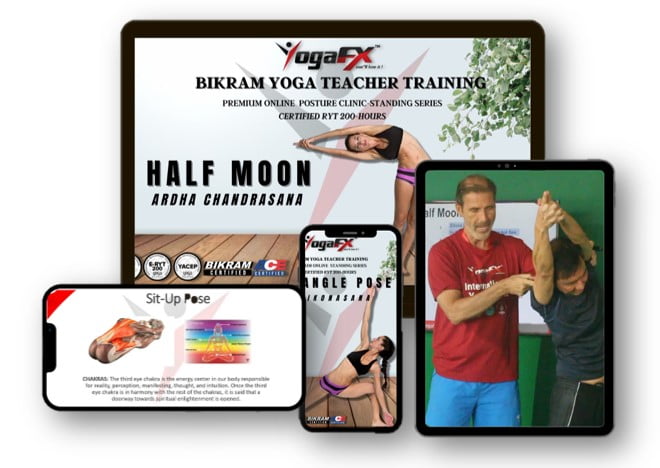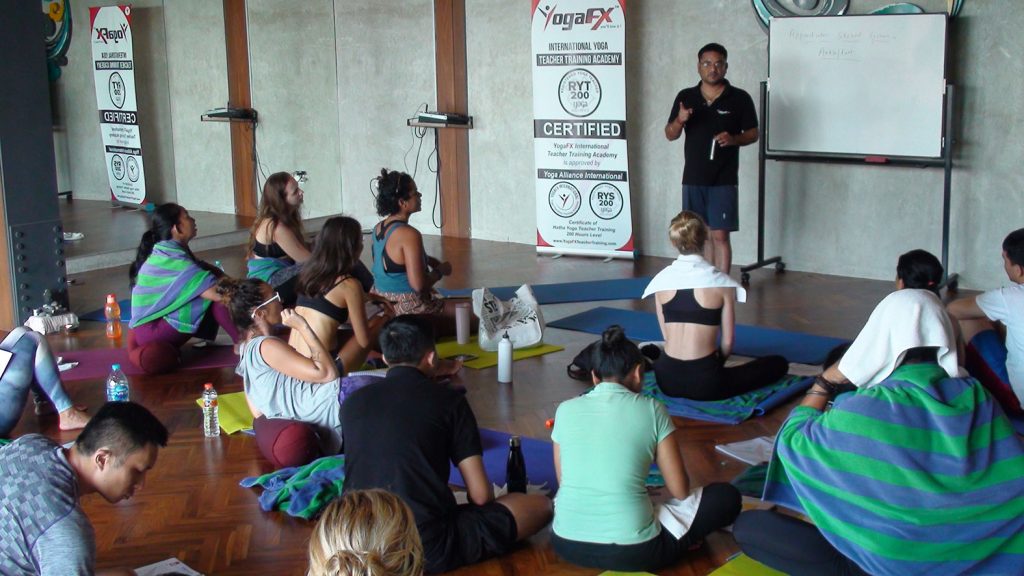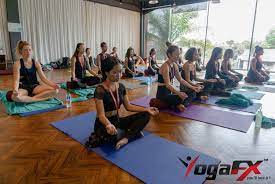Yoga temperature plays a crucial role in shaping our practice, influencing our physical and mental experience on the mat. The interplay between heat and coolness creates a unique environment that can enhance the transformative power of yoga. In this article, we will delve into the significance of yoga temperature, exploring the impact it has on our practice, and how finding the right balance can optimize our yoga journey. Whether it’s hot yoga, 26 and 2 yoga (Bikram yoga), or any other style, understanding the role of temperature is key to creating the perfect environment for our practice.
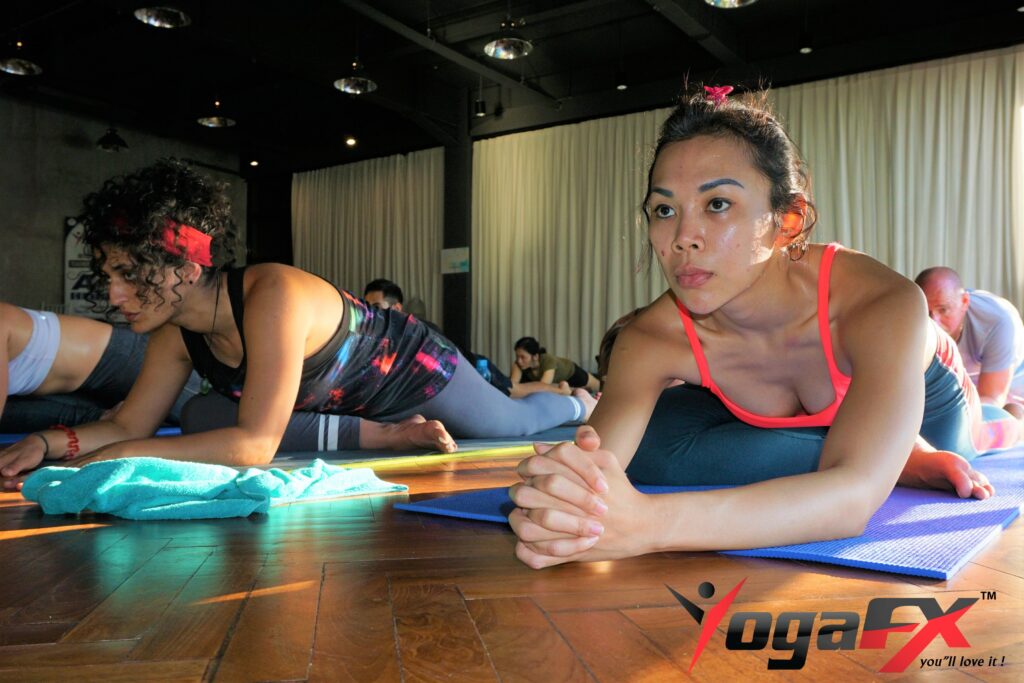
Understanding Yoga Temperature
Yoga temperature refers to the environment in which we practice yoga. It encompasses both the external temperature of the room or space and the internal temperature of our bodies during practice. Different approaches to yoga temperature exist, including heated yoga, warm yoga, and cool yoga. Heated yoga, such as hot yoga or Bikram yoga, is practiced in a room typically heated to around 40 degrees Celsius, while warm yoga involves a slightly lower temperature. Cool yoga, on the other hand, takes place in a cooler environment, providing a different experience and set of benefits.
“In Surrendered State, You Will See Very Clearly What Needs To Be Done & You Take Action”
The Impact of Heat in Yoga
Practicing yoga in a heated environment, such as hot yoga or Bikram yoga, can offer unique benefits. The heat helps to warm the muscles and increase flexibility, allowing practitioners to deepen their stretches and poses. Heat also promotes increased blood circulation and sweating, aiding in the release of toxins from the body. This can contribute to a sense of detoxification and rejuvenation during the practice. Many individuals find that the heat intensifies the physical and mental challenge of the practice, fostering mental resilience and focus.
Hot yoga, specifically the 26 and 2 yoga practice, popularized by Bikram Choudhury, involves a sequence of 26 postures and two breathing exercises practiced in a heated room. The temperature and humidity in a hot yoga studio create an environment that encourages greater flexibility and elasticity of the muscles. The heat warms the body, promoting increased blood flow and improving cardiovascular function. It also facilitates the release of toxins through sweating, helping to cleanse and detoxify the body. Additionally, the challenging nature of the practice in the heat cultivates mental discipline, focus, and determination.
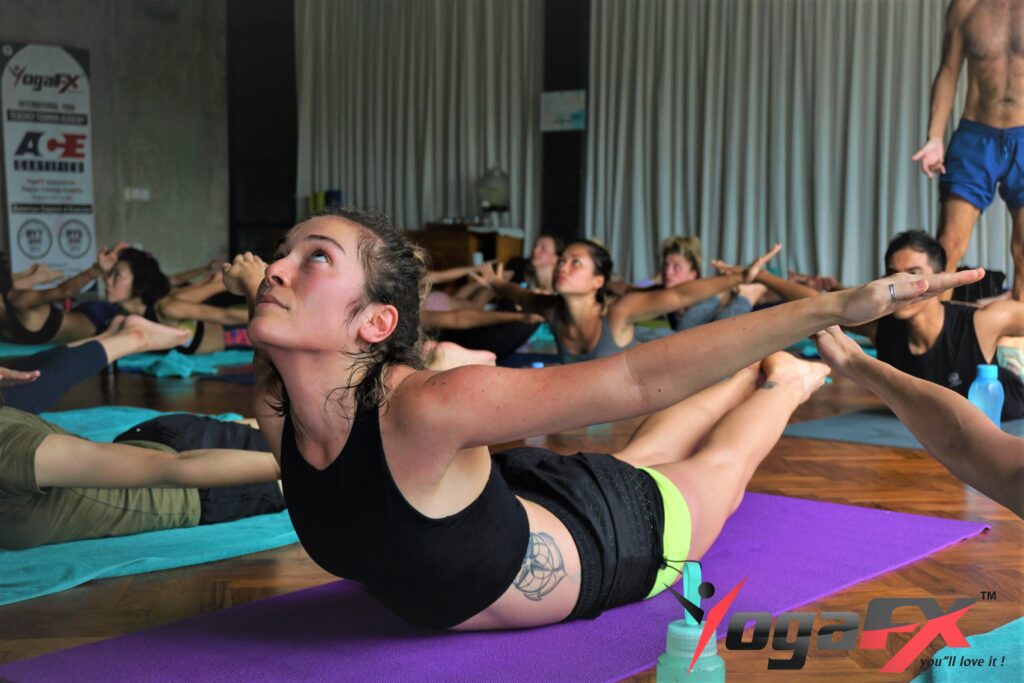
Embracing Coolness in Yoga
Practicing yoga in a cooler environment offers its own set of advantages. Cool yoga can promote a sense of calmness, stability, and inner balance. The cooler temperature allows practitioners to stay grounded and focused, encouraging mindfulness and deeper awareness of the breath and body. Cool yoga can be particularly beneficial for individuals who are sensitive to heat, as it provides a comfortable and refreshing practice experience. It can also serve as a balance to more intense or heated practices, providing a cooling and soothing effect on the body and mind.
Finding the Right Balance
When determining the ideal yoga temperature, it is important to consider individual preferences, body needs, and the specific style of yoga being practiced. Personal goals, physical condition, and weather conditions are factors to consider in finding the right balance. Some individuals may thrive in a heated environment, while others may find a cooler temperature more conducive to their practice. It is essential to listen to the body and adapt the practice environment accordingly to support personal growth and well-being.
Creating the Optimal Practice Environment
Creating the optimal practice environment involves several factors, such as proper ventilation, humidity control, and temperature regulation. In a studio setting, these aspects are often taken care of by trained professionals who ensure a consistent and comfortable yoga temperature. Adequate ventilation helps to maintain fresh air flow and prevent the space from becoming too stuffy or stagnant. Humidity control is important in heated environments, as it helps to create a comfortable level of moisture in the air. Temperature regulation ensures that the room is maintained at the desired temperature, whether heated or cool.
For home practice or outdoor sessions, practitioners can make adjustments by choosing well-ventilated spaces, using fans or air conditioning, and dressing appropriately for the temperature. It is important to create an environment that supports the desired yoga temperature, allowing for a comfortable and focused practice. Taking steps to create an environment conducive to practice enhances the overall experience and facilitates deeper engagement with the physical and meditative aspects of yoga.
The Mind-Body Connection in Yoga Temperature
The temperature in which we practice yoga has a profound impact on the mind-body connection. The right yoga temperature can foster focus, mindfulness, and a deeper sense of presence. In a heated environment, the challenge of the practice and the warmth can help practitioners cultivate mental resilience, discipline, and an increased awareness of the body. The heat encourages a deep connection to the breath, as practitioners learn to breathe steadily and intentionally in challenging conditions. The heat also induces a state of relaxation and calms the mind, allowing practitioners to access a meditative state more readily.
In a cooler setting, practitioners may experience a sense of tranquility and stability, allowing for deeper introspection and a heightened connection to the breath and movement. The coolness brings a refreshing quality to the practice, promoting a sense of ease and lightness. The cool temperature supports a grounded and centered state, enabling practitioners to focus on alignment and precision in their postures. It can create a soothing and meditative atmosphere that facilitates introspection and mindfulness.

Conclusion
In the world of yoga, temperature is a vital aspect that influences our practice experience. Whether it’s hot yoga, 26 and 2 yoga (Bikram yoga), or any other style, understanding the impact of temperature and finding the right balance is essential. As practitioners, we have the opportunity to explore different yoga temperatures and observe how they affect our physical and mental well-being. By listening to our bodies and adapting the practice environment accordingly, we can optimize our yoga journey and harness the transformative power of temperature.
For those seeking to deepen their understanding of the 26 and 2 yoga practice, YogaFX offers an exceptional teacher training program. Under the guidance of Mr. Ian YogaFX, a Yoga Alliance certified and ACE-certified fitness professional, participants can gain the necessary knowledge and skills to become a certified 26 and 2 yoga teacher. This training program provides a comprehensive and immersive experience, covering the foundations of hot yoga, alignment principles, teaching methodology, and the practical application of the 26 and 2 yoga sequence. It is a transformative opportunity to deepen your practice, refine your teaching skills, and share the benefits of hot yoga with others.
Whether you choose to practice in a heated room, a cooler space, or find a balance between the two, remember that the temperature is just one aspect of your yoga practice. Ultimately, it is your dedication, mindfulness, and intention that shape the depth and transformative power of your yoga journey. Embrace the interplay between heat and coolness, and let the optimal yoga temperature become a tool for self-discovery, growth, and the realization of your fullest potential on and off the mat.

